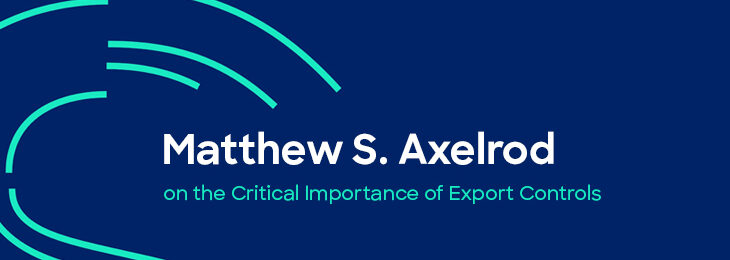
"No cops on Sundays," says Chris, an illegal street vendor, as throngs of shoppers sift through tables of counterfeit goods and stolen electronics on a busy New York City street. With only one indifferent traffic officer in sight, the buyers are free to load up on knockoff Coach, Fendi and Louis Vuitton handbags without fear of arrest.
Chris is one of the many crafty individuals in Hitha Prabhakar's book Black Market Billions, a captivating in-depth look at how the American consumers' thirst for acquiring luxury brands at discount prices helps fund organized crime and terrorism.
Organized retail crime (ORC) is the large-scale theft of goods perpetrated by criminal networks for the purpose of resale for personal gain and to fund other illegal activities. ORC is a growing problem that steals billions of dollars each year from the legitimate global economy and redirects much of the proceeds to fund human trafficking, drug gangs and terrorism.
Prabhakar, a former Bloomberg TV correspondent and current chief research officer for a market research firm, weaves colorful case studies and interviews with street vendors, criminals and law enforcement, to explore the reasons behind the dramatic rise in global counterfeiting and retail theft.
Black Market Billions provides the reader with an excellent foundation for understanding ORC by presenting the flow of stolen merchandise from thief to wholesaler to retailer. Prabhakar details the creative ways goods are stolen and resold by crooks using everything from aluminum foil and baby carriages to sophisticated inventory software. Interviews with law enforcement officials reveal the frustrations they experience chasing these criminals.
Prabhakar's profiles of the retail criminals are particularly engaging. For example, we meet Maria, a booster (a person that steals merchandise for an ORC group) affiliated with the Houston branch of MS-13, an international criminal gang. Maria's strategies and methods are detailed as she races along a 1,200 mile route in her rented U-Haul stealing over-the-counter drugs from a dozen Walgreens stores during a four-day amphetamine-fueled crime spree.
We also meet Nick Jojola, a New Mexico skateboarder that ran afoul of the law. He organized a sprawling group of drug addicts and ex-convicts into a large smash and grab ORC ring that raked in millions of dollars. He was only 16 years old at the time of his arrest. "No one would think a kid that age would be able to have the sense to run such a large ORC ring on his own. It was as if he was running a corporation," said Albuquerque Police Department Detective Harold Prudencio.
Many of the book's money laundering concepts (the three stages of money laundering, hawalas and the Black Market Peso Exchange) may be very familiar to the experienced anti-money laundering professional; however, Prabhakar brings them to life with interesting case stories and news clips. The book is an excellent resource for anyone that wants to learn about the incredible reach and influence ORC has on our everyday lives.
Today, retail theft is a high-profit/low-risk crime as many states categorize shoplifting as a misdemeanor. Likewise, consumers' growing appetite for low-priced products encourages the expansion of ORC groups. Prabhakar explores the reasons ORC thrives and offers ideas and test studies for combating the problem. Pending legislation, creative private industry experiments and improved communication between retailers and law enforcement are key in the fight against ORC.
Black Market Billions draws upon stories of international rings involving everything from bananas to cigarettes to provide thoughtful and persuasive arguments that counter the idea that ORC is a victimless crime.
Read the book and you just might have a better appreciation of the true cost of buying that knockoff handbag.
Book information:
Title: Black Market Billions
Author: Hitha Prabhakar
Publisher: FT Press
Publication date: November 2011










